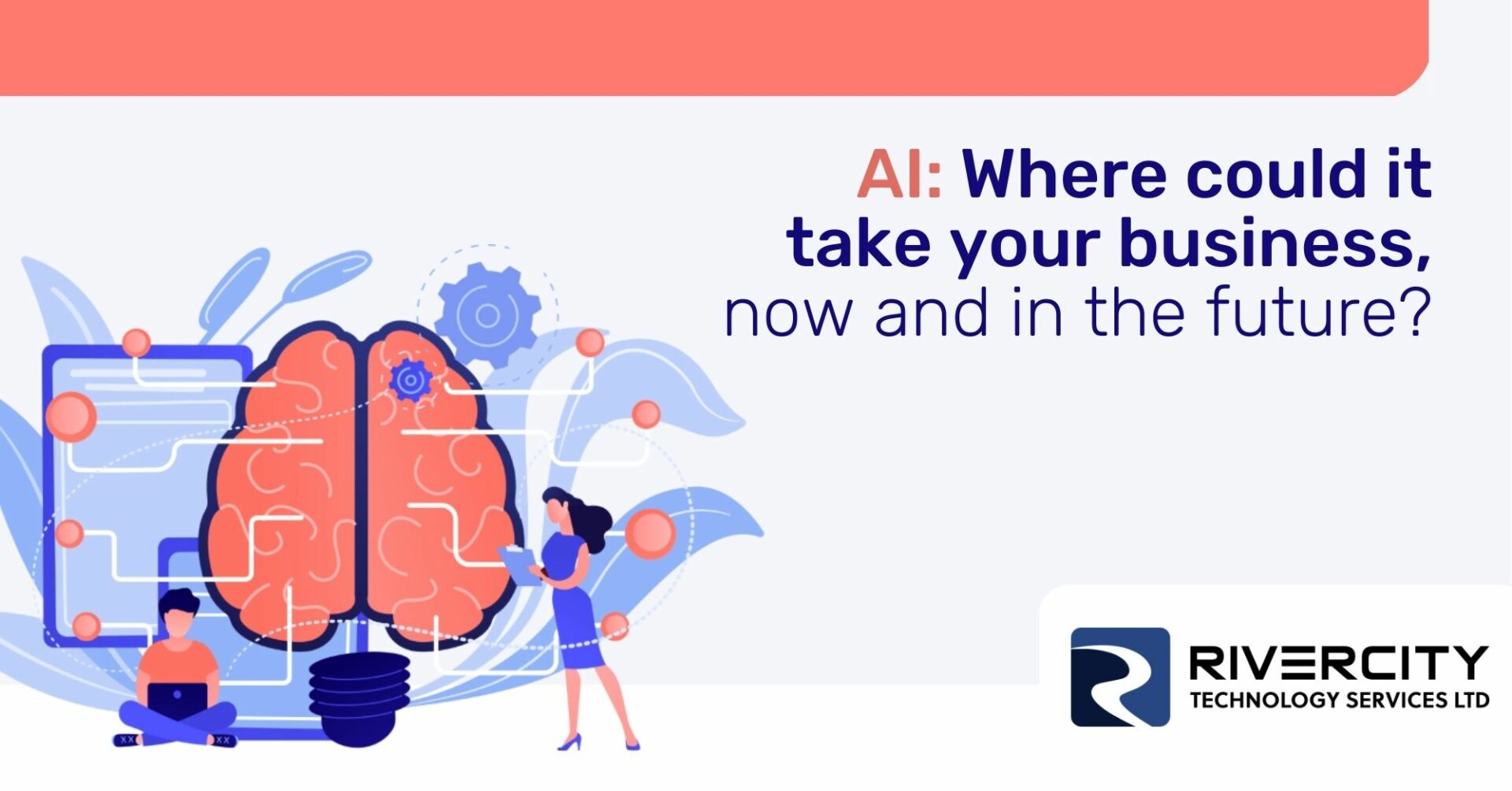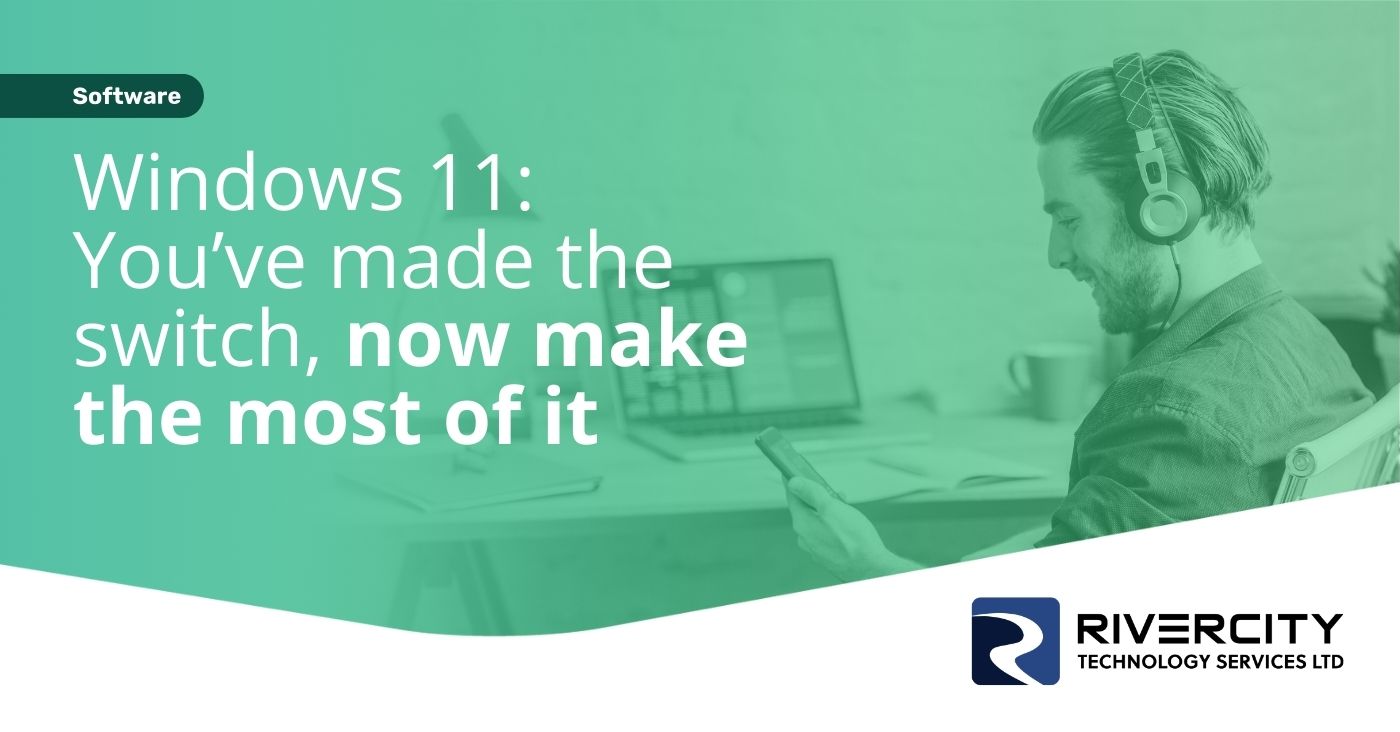Imagine you were alive a few hundred years ago. Living a simple life of hard manual labor, working the land every day to feed your family.
And then one day you look up, to see a huge 2023 GPS-guided and highly automated combine harvester sitting at the edge of your field (don’t worry too much about how it got there… go with the analogy).
Initially you’re surprised by it, then quickly fearful as you realize what it can do. But over time you come to love this miraculous new technology. As you learn more about how it works and what it can do, you realize how it can not only make your existing life easier, but allow you to do things you never thought would be possible.
This is more or less what happened to the world at the end of last year, when ChatGPT went mainstream. Artificial Intelligence (AI) tools have been in development for years, but ChatGPT quickly went viral. In its first five days it attracted one million users.
It seems like everyone’s talking about and using AI. But when it comes to integrating it into your business, you might feel like Alice tumbling down the rabbit hole.
You're not alone.
For many, AI still feels like a concept straight out of a Star Trek episode — futuristic, complex, and a little intimidating. It’s easy to envision AI as an advanced alien technology that only tech prodigies or billionaire geniuses can comprehend and use.
But with AI, size doesn’t matter. Whether you’re a small start-up or a global conglomerate, AI has something to offer. It’s no longer a distant future phenomenon. It’s here, and it’s ready to revolutionize the way you do business.
Think of AI not as an extraterrestrial entity but as a friendly helper, ready to save you invaluable time, and potentially even grow your business.
“But isn’t AI complicated?” you might ask.
Sure, there’s a little work to figure it out. Same as when you first learned to send email, use your smartphone, or plough through that specialized work application you now use every day.
There’s a learning curve, but the benefits far outweigh the initial effort.
Did you know that some businesses
implementing AI have seen an average 39% increase in revenue?
Let’s take a closer look at some of the ways businesses are already using AI.
Customer service
AI-powered chatbots have revolutionized customer service by providing 24/7 assistance, reducing wait times, and ensuring customers’ issues are addressed promptly. They can handle multiple enquiries simultaneously, freeing up customer service representatives for more complex tasks.
Think about it. How often have we, as customers, been frustrated by long wait times or delayed responses? With AI-powered customer service, these frustrations become a thing of the past. Chatbots, one of the most prevalent applications of AI, are equipped to provide instant responses to customer queries, working tirelessly around the clock. Your customer service rep that never sleeps.
In practice, when a customer raises a query, the AI system instantly processes the question. It understands the context and provides an appropriate response, all in the blink of an eye. With such speed and efficiency, AI can drastically reduce response times and improve the overall customer experience.
Moreover, these AI systems are continually learning and improving. They analyze past interactions to provide even better responses in the future. It becomes a truly smart customer service
Companies like Amazon are using AI chatbots
to improve their customer service experience.
Sales and marketing
AI technology has made significant strides in sales and marketing. It helps businesses analyze consumer behavior and search patterns, using data from social media platforms and blog posts to help them understand how consumers find their products and services.
Consider a typical consumer journey. From the first interaction with a business’s online content to the final purchase, consumers leave behind a trail of digital footprints. These footprints, found in social media interactions, search patterns, blog comments, and more, are treasure troves of data. But can humans alone sift through this vast amount of information efficiently? Of course not.
But AI can.
AI systems can analyze these enormous data sets with astonishing speed and accuracy. They identify patterns, trends, and correlations that might be invisible to the human eye.
For instance, they can determine which social media platform drives the most purchases of your product, or what kind of blog content resonates most with your audience.
Netflix, for example, uses AI to analyze viewing patterns and recommend shows and movies based on viewers’ preferences.
Operational efficiency
Many businesses use AI to increase operational efficiency.
Consider the routine task of data entry. It’s no secret that this repetitive work can be time consuming and prone to human error. However, with AI, these tasks can be automated, saving countless hours of manual input. More importantly, since AI algorithms are designed to be precise, the risk of errors is significantly reduced. Imagine the time saved and the increase in productivity when your workforce is freed from such tasks.
But isn’t it time we challenged the notion that AI only excels for mundane tasks? The truth is, AI’s capabilities extend far beyond simple automation, transforming operational efficiency on a grand scale. In manufacturing, companies like Tesla use AI to automate their production lines, increasing output and efficiency.
Moreover, AI’s learning capability allows it to continuously improve its performance overtime. This means that as AI systems handle more tasks, they become more efficient, leading to a cycle of ever-increasing operational efficiency.
Enhancing decision making
AI systems can sift through massive amounts of data in a matter of seconds, identifying patterns and trends that would take a human hours, if not days, to uncover. This is not just about speed, but also about precision and depth. AI can delve into levels of data complexity beyond human capacity, unearthing valuable information that might otherwise remain hidden.
But what is the true value of this information if it doesn’t lead to informed decision-making? The beauty of AI lies in its ability to convert these insights into actionable recommendations.
Predictive analysis
AI can analyze historical data to spot patterns and correlations that can forecast future trends, and anticipate customer needs.
Imagine being able to anticipate market shifts before they occur, giving you a competitive edge in strategic planning and resource allocation.
But how does this work in practice? AI algorithms process vast amounts of past data, learning from the successes and failures of previous strategies. They don’t just look at surface-level statistics, but delve deeper into underlying patterns, offering insights that might remain hidden to the human eye.
The result? Predictions that are not based on gut feelings or broad market analysis, but on your specific historical data.
Risk management
Taking that a step further, AI is becoming a game-changer in the field of risk management across various industries. And it’s not just confined to the financial sector.
With its advanced analytical abilities, AI can swiftly sift through mountains of data, detecting anomalies and patterns that could signify potential risks.
For instance, in manufacturing AI can analyze machinery data to predict potential breakdowns, allowing for preventive maintenance and avoiding costly downtime.
But AI’s role in risk management doesn’t stop at identification. It also plays a crucial part in risk mitigation. By learning from past data, AI can predict future trends, helping businesses to anticipate potential risks and take proactive measures.
This predictive capability isn’t limited to any one sector. From predicting customer churn in telecom companies to forecasting disease outbreaks in healthcare, AI’s potential for risk management is vast and varied.
Product development
AI not only enhances efficiency but also fuels creativity and innovation.
Consider the initial stages of product development – conceptualization and design. Here, AI can analyze customer preferences, market trends, and competitive products to generate insights that inform product ideation. It can tell you what features your customers desire, what price they are willing to pay, or even what color they would prefer.
But the magic doesn’t stop there. Once a concept is ready, AI can help in the design process. Advanced AI algorithms can create multiple design variations based on predefined parameters, significantly reducing the time and effort required for manual designs. You could create hundreds of design prototypes at the click of a button.
As the product moves into the production phase, AI continues to play a pivotal role. It can optimize manufacturing processes, predict potential production bottlenecks, and even ensure quality control by identifying defects in real-time.
By leveraging AI, businesses can develop products
that not only meet but exceed customer expectations.
Better recruitment process
Consider the traditional recruitment process. Sifting through countless resumes, screening suitable candidates, scheduling interviews… these tasks don’t just suck up your time and energy, but are also prone to human bias.
AI can automate routine tasks such as CV screening, saving recruiters a significant amount of time. More importantly, by using predefined parameters, AI ensures that the screening process is objective and free from unconscious bias. It makes the recruitment process both efficient and fair.
But AI’s impact on recruitment doesn’t stop at automation. It extends to enhancing candidate engagement and improving decision-making. AI-powered chatbots can interact with candidates, answering their queries instantly and keeping them engaged throughout the process.
AI can also provide valuable insights to inform hiring decisions. By analyzing data from various sources – resumes, social media profiles, job boards – AI can predict a candidate’s job performance, cultural fit, and even their likelihood of accepting a job offer.
AI can be:
*Your tireless assistant who doesn't need coffee breaks
*A data analyst who can crunch number at lightening speed
*Or a customer service rep who's available 24/7
There’s a lot here, and we know there is more to come. Every day people are launching new AI tools and finding new ways to use this technology to achieve more.
Remember, the future belongs to those who are bold enough to embrace change, and AI is that change.
As your technology partner, we can show you how AI is already helping your business inside applications such as Microsoft 365, and help you talk through how to integrate AI into your future technology strategy. – get in touch.






















